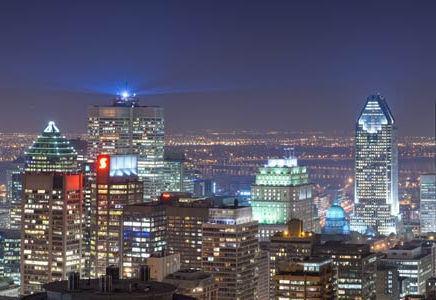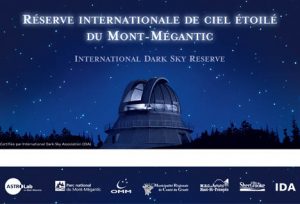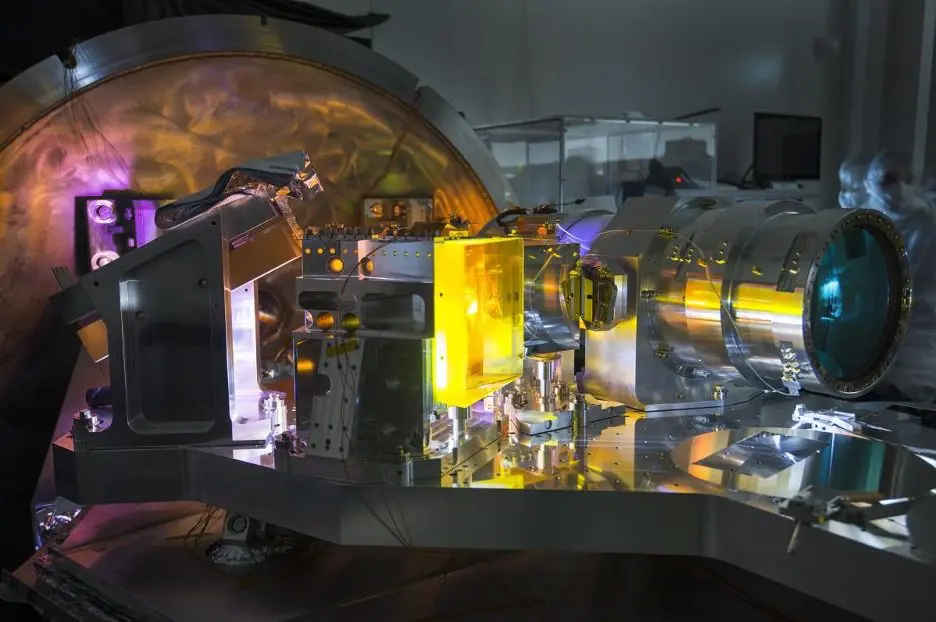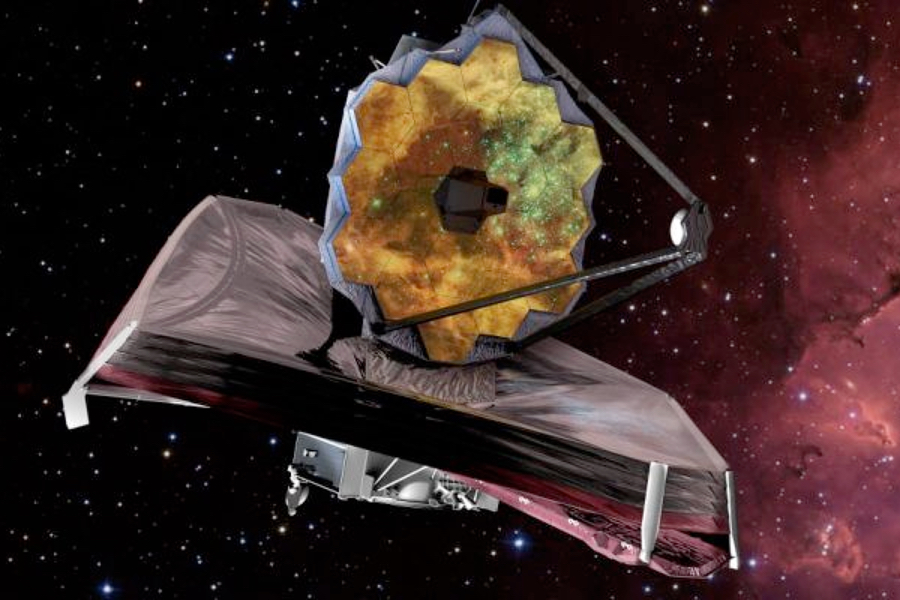City of Montreal reduces the increase in light pollution

The Observatoire du Mont-Mégantic (OMM) and the Centre for Research of Astrophysics in Québec (CRAQ) are delighted with the City of Montreal’s announcement on Wednesday, January 18, concerning urban lighting. In his press briefing, Montreal mayor Denis Coderre explained that all streetlights will be fitted with 3000 K LEDs (light-emitting diodes). In addition to the fact that these LEDs will be less bright and warmer than those initially proposed, this choice will also reduce the impact on light pollution.

Light emitted by a lighting source containing a high proportion of blue light is more diffused into the sky – which explains why the sky is blue – than other colors, thus contributing to an increase in light pollution. The 3000 K LEDs emit around 30% less blue light than the 4000 K LEDs initially chosen.
“This is a big step in the right direction for the Coderre administration. With this choice, and assuming that the installed luminous flux is reduced by 66% instead of the 50% initially planned, light pollution in Montreal will not increase at the end of this LED conversion project,” notes Martin Aubé, CRAQ member and professor-researcher in the transdisciplinary research group on light pollution at Cégep de Sherbrooke.
The professor also points out that, with the control systems to be installed by the city, it would even be possible not only to limit the increase, but actually to reduce light pollution by further reducing the flux after 11 p.m. or midnight.
“The OMM applauds the City of Montreal’s decision, a compromise choice that will make it possible to minimize light pollution. White LEDs would have been a real catastrophe for all amateur astronomers in the Greater Montreal area,” says Professor René Doyon, astrophysicist at the Université de Montréal and Director of the OMM and the Trottier Institute for Research on Exoplanets. He adds: “The towns of Sherbrooke and Lac-Mégantic, as well as all the villages in the Mont-Mégantic Dark Sky Reserve (RICEMM), have long since adopted stricter regulations, opting for 1800 K amber LEDs offering minimal light pollution.”
The Ville de Montréal’s decision is therefore excellent news for citizens and dark-sky enthusiasts alike.


